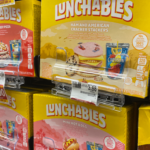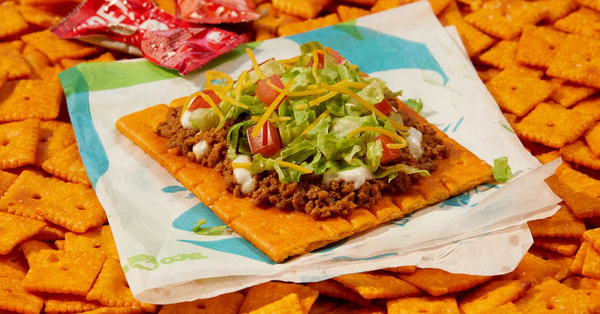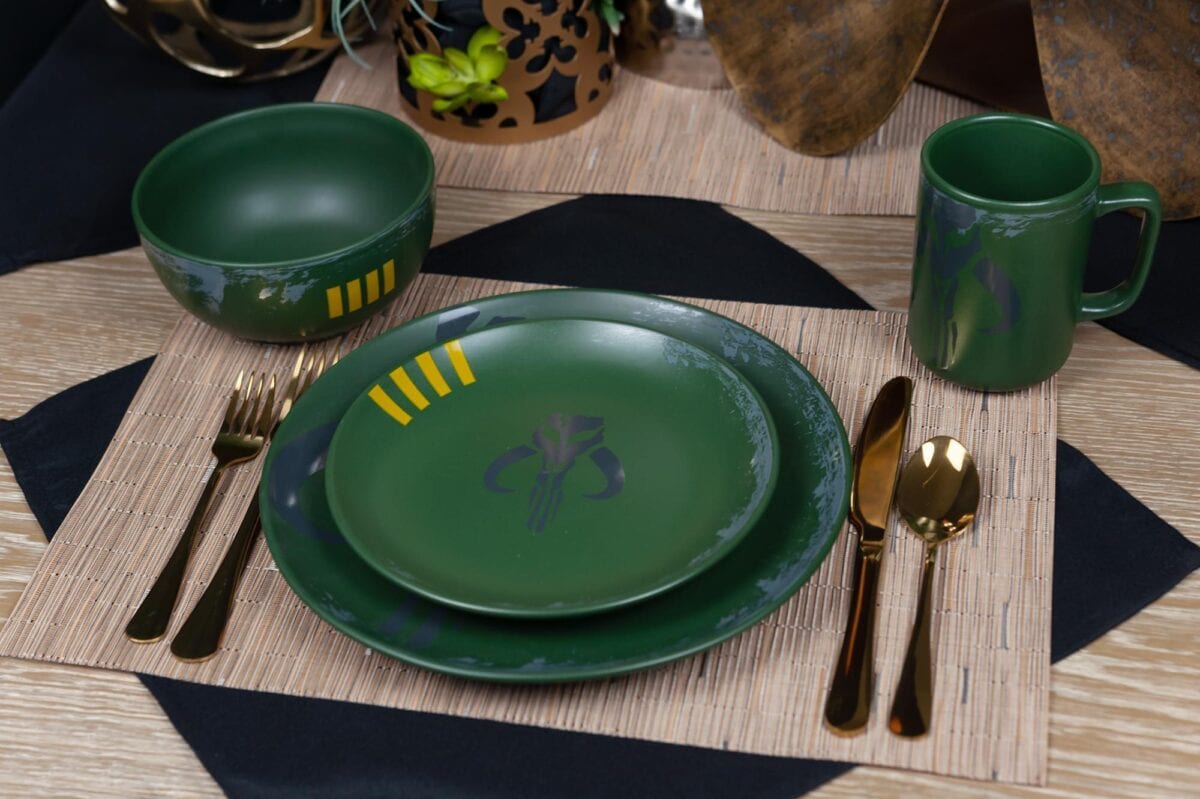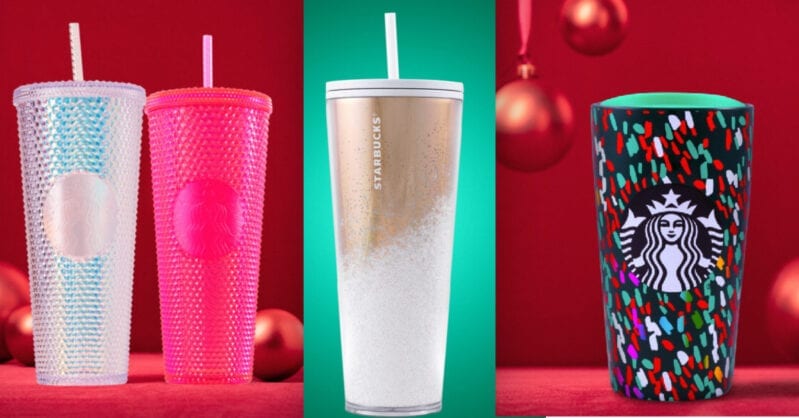New Study Says, Lead Has Been Found In Lunchables. Here’s What You Need To Know.
It’s no doubt that Lunchables have been a longtime childhood staple for generations of kids.
If you can think back to your childhood, have you ever eaten a Lunchables?
You probably did, because what kid doesn’t like the snack building box that stuffs all of our favorite foods.

But the recent new buzz around Lunchables isn’t about how good they taste or regarding a new snack release.
According to Consumer Reports, a shocking new study has recently shown that the Lunchables we’ve eaten as kids and today’s generation of kids, have high levels of lead in them.
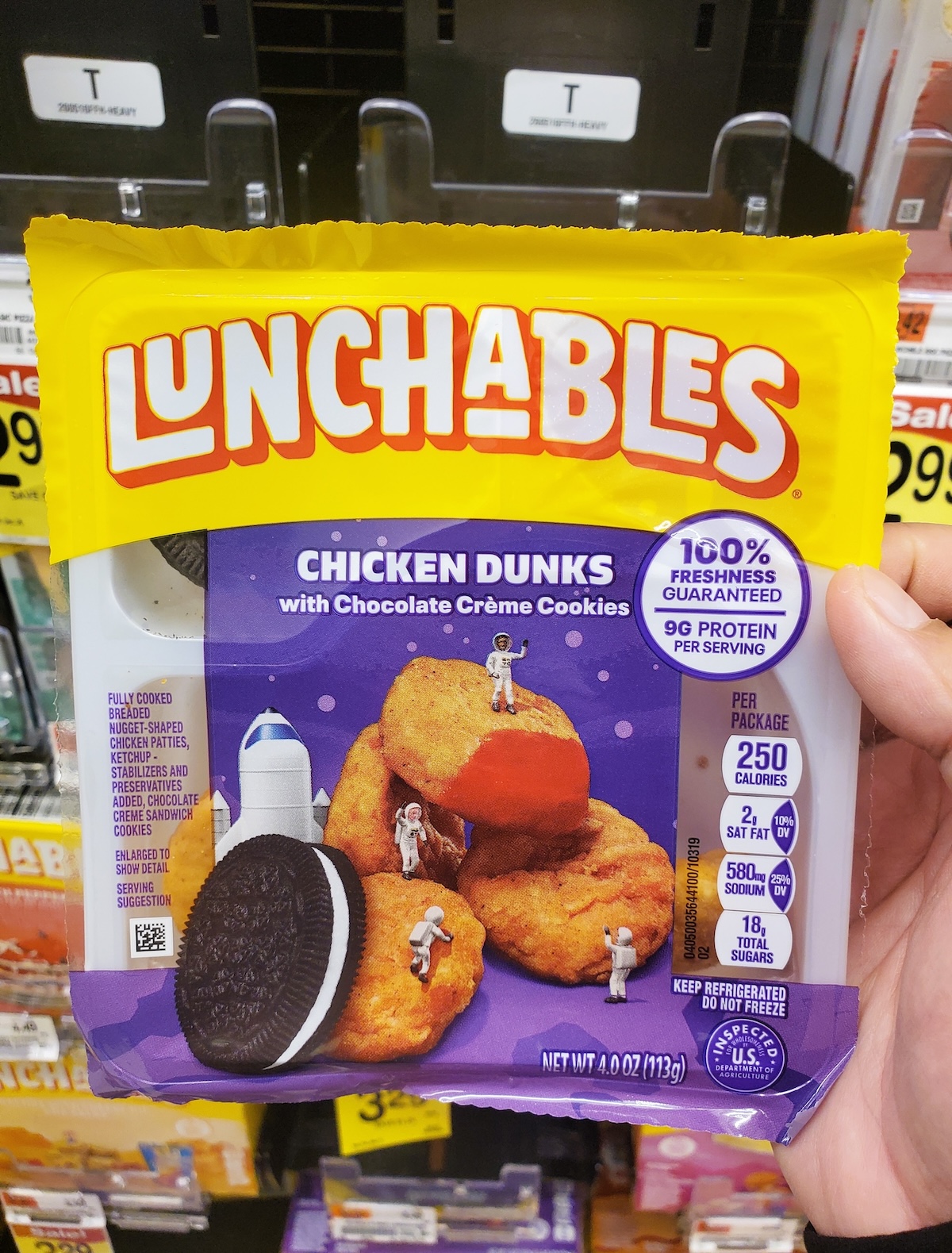
A troubling high amount of lead and sodium have been found in some Lunchables’ packs. and Consumer Reports is warning that Lunchables should be taken off the menu at the school cafeterias that allow them.
But the warning for the concerning amount of lead and sodium found in these foods isn’t just for kids, but for adults and anyone who consumes Lunchables packs.

“We don’t think anybody should regularly eat these products, and they definitely shouldn’t be considered a healthy school lunch,” Eric Boring, a chemist at Consumer Reports who lead the testing, said in a recent statement.
Eric Boring
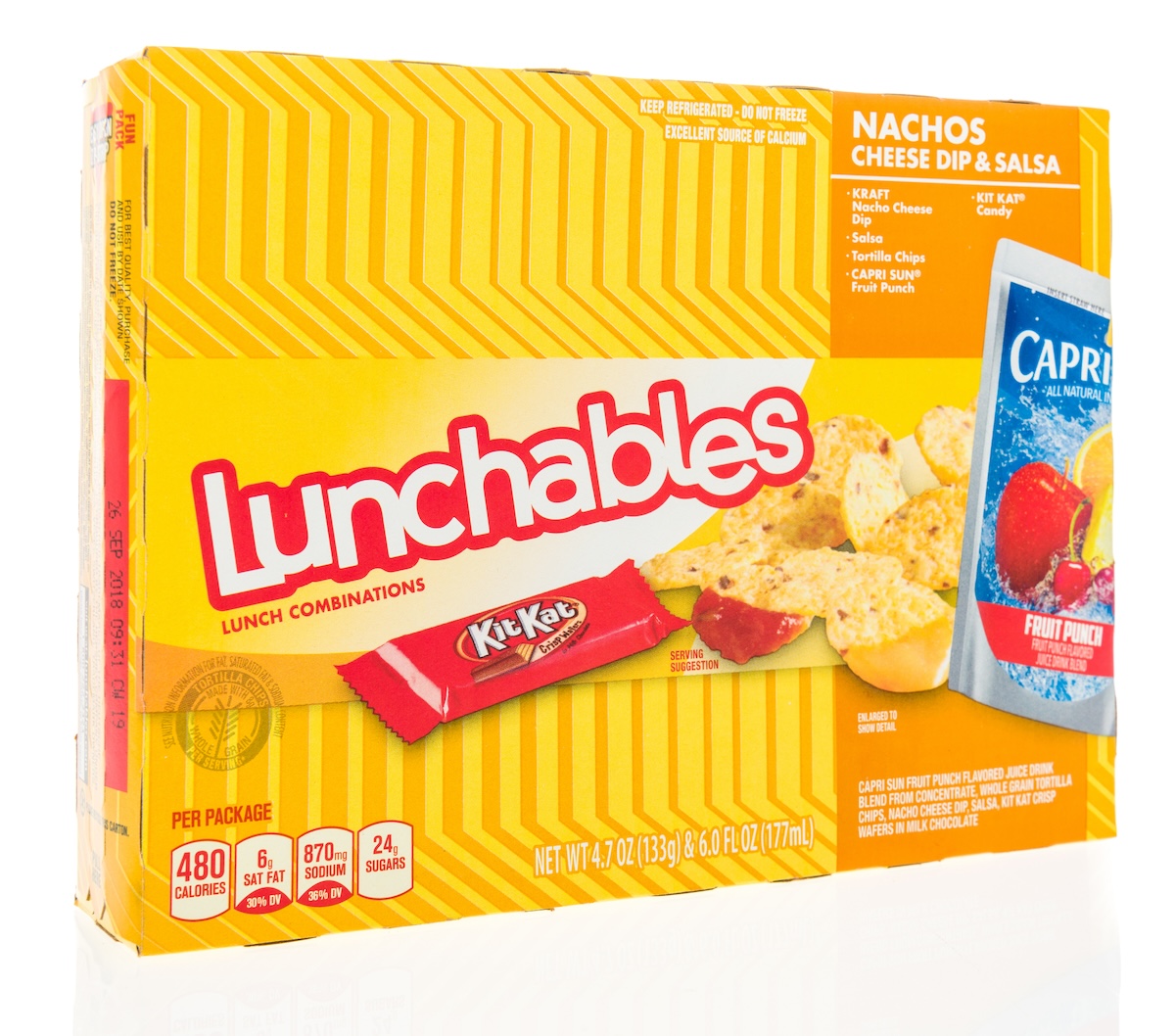
Consumer Reports explained that they tested 12 different store-bought Lunchables packs from Kraft Heinz, and compared them to similar lunch and snack kits from other manufacturers.
While none of the food packs exceeded any legal or regulatory limit, the tests did uncover “relatively high levels of lead, cadmium and sodium” in each of the Lunchables kits that were tested said Brian Ronholm, director of food policy at Consumer Reports.
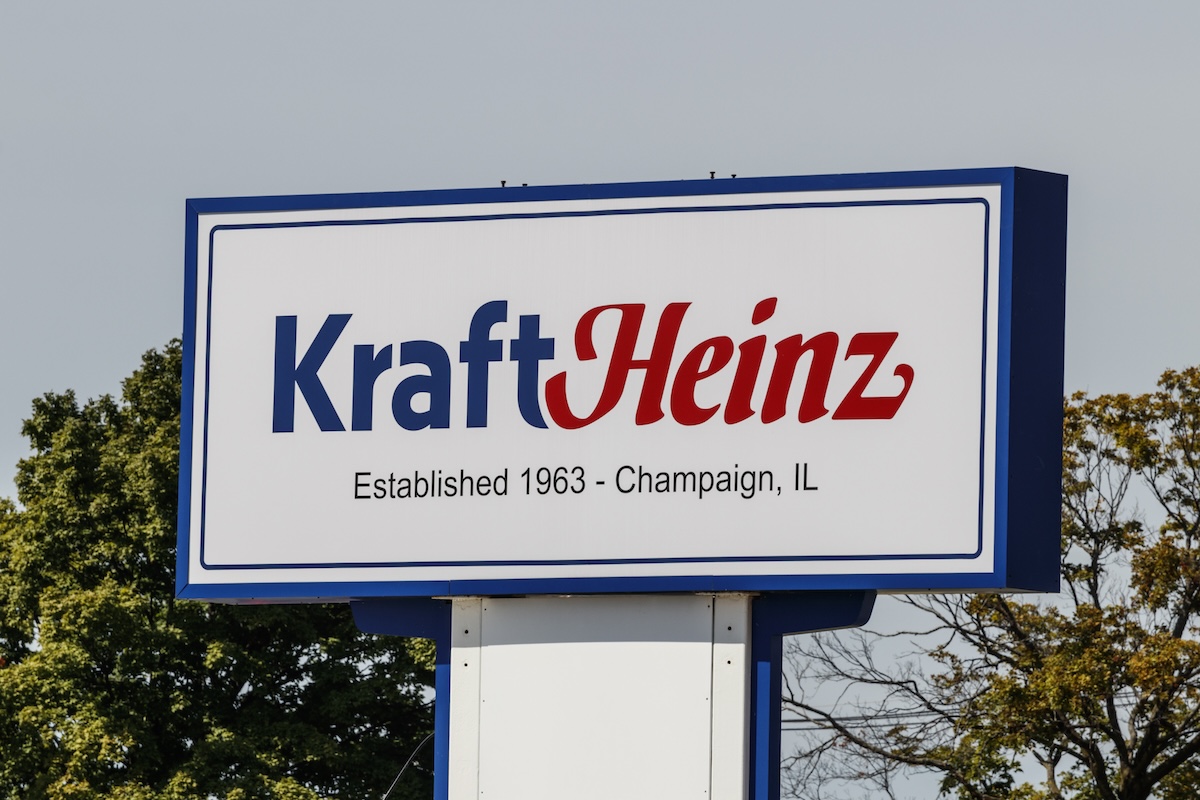
If you’re unfamiliar with cadmium, cadmium is a human carcinogen that has been linked to kidney and bone disease, as well as cancer via WHO.
And as for lead, of course there is no safe level that exists for children to consume according to the Centers for Disease Control and Prevention.

“There’s a lot to be concerned about in these kits,” Amy Keating, a registered dietitian at Consumer Reports, said in a statement. “They’re highly processed, and regularly eating processed meat, a main ingredient in many of these products, has been linked to increased risk of some cancers.”
Amy Keating

Plus, the sodium levels in the store-bought Lunchables packs ranged from 460 to 740 milligrams per serving, which is “nearly a quarter to half of a child’s daily recommended limit for sodium,” says Consumer Reports.
Parents who have children who eat Lunchables or adults who still like to eat the kid’s snack, should also know that all of the packs except for Lunchables Extra Cheesy Pizza contained harmful phthalates which have been linked to reproductive issues, diabetes, and some cancers.

Now it’s also important to note that the Lunchables packs that are made specifically under the National School Lunch Program were also examined by Consumer Reports.
Although Consumer Reports didn’t test for heavy metals or phthalates in the Lunchables that are allowed in these schools, they did review the nutritional value and ingredients lists in both the Turkey & Cheddar Cracker Stackers and Extra Cheesy Pizza.

Both packs were found to have higher levels of sodium than the store-bought versions.
And these Lunchables are being served to kids which is completely outrageous.

“Lunchables are not a healthy option for kids and shouldn’t be allowed on the menu as part of the National School Lunch Program,” Ronholm said in a statement.
Brian Ronholm

Since the new study’s findings, Consumer Reports has petitioned the USDA to remove Lunchables from school cafeterias.
As of right now, the petition has more than 14,100 signatures, and you can find that petition, here.


